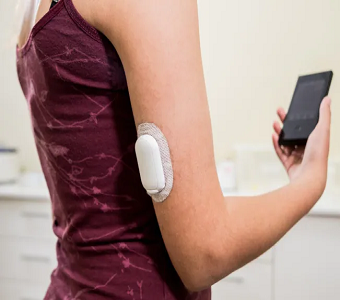
2. 0.15 mg/kg of SVP-rapamysin and 0.4 mg/kg of pegsiticase

3. 0.15 mg/kg of SVP-rapamycin and 0.2 mg/kg of pegsiticase

Key takeaways from the above are:
- 0.4 mg/kg of pegsiticase with either 0.125 or 0.15 of SVP-rapamycin (graphs 1&2 above) does not yield good response rates. The company alluded to this when they announced the 5+0 cohort (data expected Q3) would test 0.1mg/kg to 0.15 mg/kg in combination with 0.2mg/kg pegsiticase (read here). The 0.4 mg/kg of pegsiticase dose has no material impact on company's future Phase 2 data or planned Phase 3.
- The 5 co-administration data that will be announced in Q3 is still expected to report response rates in the 70-75% range. The company made reference to this in their press release (read here):
Selecta also put out updated incidence of gout flares on the new data. This worried investors because it was higher than the flare rates from prior cohorts.

In our view, the higher gout flare rates are not ideal, but also not a material enough issue to warrant SELB’s selloff. It is well known that urate lowering therapies typically increase the incidence of flares at the beginning of therapy. Although the company did not go into detail for the higher incidence of gout flares, one explanation could be that the new data tested higher doses of both co-administered drugs (vs prior data with lower doses).
Management did say during their conference call that the majority of flares were mild and some moderate and that they do not expect to see flares increase as they put out additional data. To compare, Krystexxa reported a gout flare incident in 74% of patients during months 1-3 (SELB’s highest cohorts have reported 37% during this same time).
Bottom line: The data announced today does not change our thesis. The company’s Phase 2 is meant to determine the ideal dose to take into Phase 3 testing later in 2018. As it stands, SEL-212:
- Expects 5 co-adminstration dose response rates to be in 70-75% range (Krystexxa is 44%). This dosing will go into Phase 3
- Has lower gout flare rates (37% to Krystexxa’s 74%)
- Is a more convenient monthly injection vs bi-weekly for Krystexxa
Access This Content Now
Sign Up Now!




